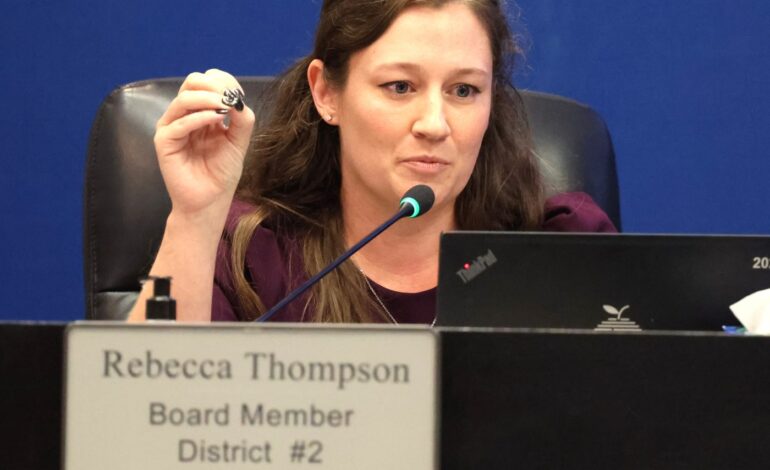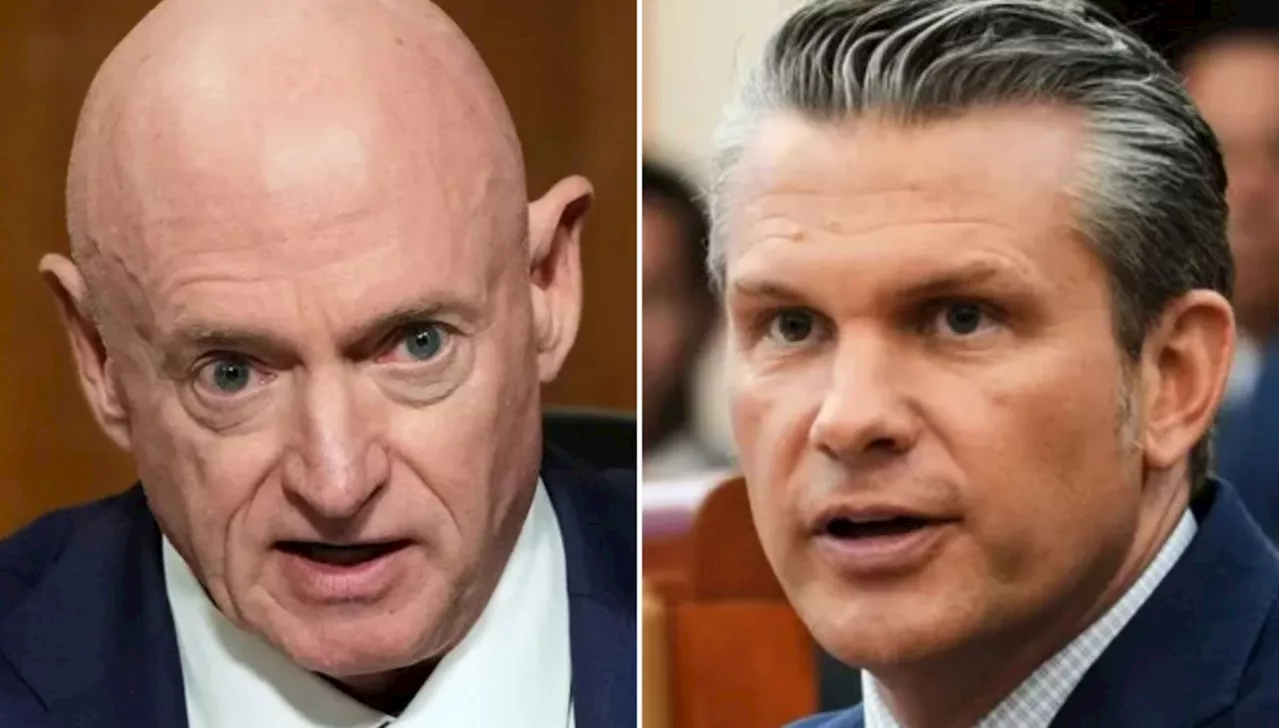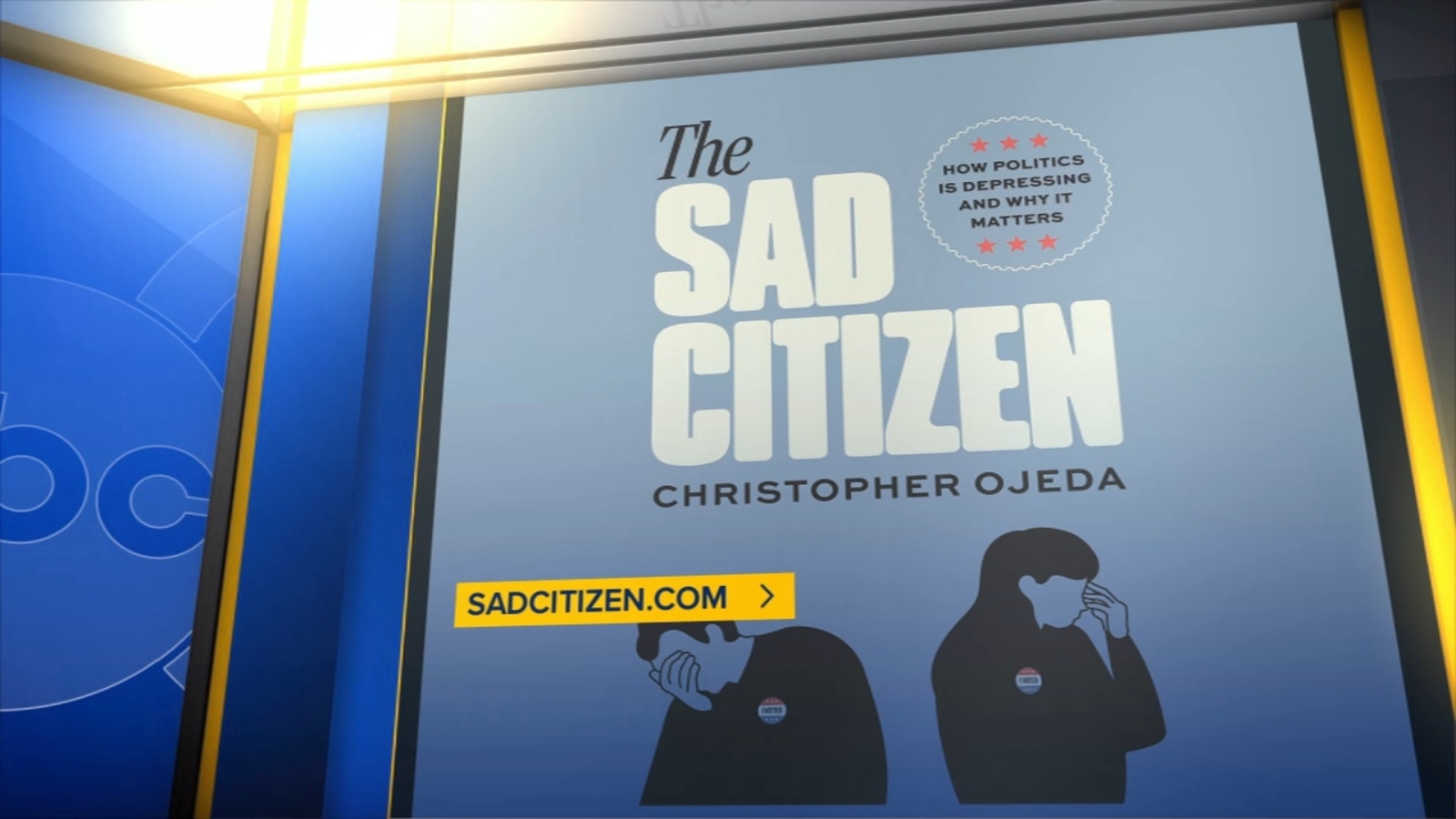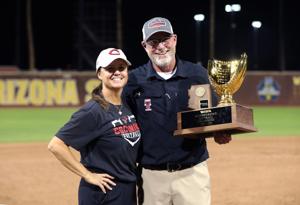Broward School Board Approves Cellphone Use at Lunchtime

Broward County high school students can now use cellphones during their lunch breaks following a recent decision by the Broward School Board. On October 10, 2023, the board voted 5-4 to amend a previous policy that prohibited cellphone use from the morning bell until dismissal.
Starting on Wednesday, high school students will be allowed to talk, text, browse the internet, and listen to music during their lunch periods. While this change applies to high school students, the cellphone ban remains in effect for students in kindergarten through eighth grade due to a new state law. The law also prohibits cellphone use during instructional times across all grades, except when authorized by a teacher for educational purposes.
The board had initially implemented the K-12 cellphone ban last year, citing research that suggested excessive cellphone use could negatively impact students academically, socially, and mentally. However, a study by Florida Atlantic University provided more complex findings, indicating there was no definitive evidence linking the policy to improvements in academic achievement or mental health outcomes.
Supporters of the revised policy, including board member Jeff Holness, argued that limited cellphone use during a brief lunch period could have positive effects. “There are arguments on both sides,” Holness said, acknowledging concerns about excessive cellphone use while also recognizing potential benefits of allowing students to connect during lunch.
Joining Holness in support of the policy change were Chairwoman Debbi Hixon and board members Rebecca Thompson, Maura Bulman, and Lori Alhadeff. They emphasized that the district has embraced technology in various ways, including launching an artificial intelligence program in partnership with Microsoft and planning to distribute laptops to students later this school year. “I don’t know that we can celebrate AI and then be super dismissive and critical of other technologies,” Bulman remarked.
Opposing this change, board members Adam Cervera, Sarah Leonardi, Nora Rupert, and Allen Zeman expressed concerns about the potential consequences of relaxing the policy. Leonardi highlighted reports from administrators indicating that the ban had contributed to a decrease in fights and bullying, as well as improved social interactions among students. “It would be devastating to reduce or take away the opportunity these kids have to interact with each other without the restrictions of a phone,” she stated.
Superintendent Howard Hepburn also maintained his support for the cellphone ban, citing troubling feedback from business leaders regarding students’ social skills. Hepburn expressed concern that students were becoming socially inept and unable to collaborate effectively. “Not to mention all the social ills that segue into our schools with social media,” he added.
In contrast, Thompson, who has a background in mental health, defended the students’ ability to manage their cellphone use. “Our students, especially our high school students, are the next leaders. They have advocated for the possibility of having this at lunch,” she said, emphasizing the importance of considering students’ perspectives.
The majority of board members had hoped to implement the new policy at the start of the school year, but procedural requirements delayed its introduction. General Counsel Marylin Batista informed the board that changes to the student code of conduct must undergo public notice and discussion in a workshop before being finalized. The board felt pressured to pass the student code of conduct due to other essential provisions mandated by recent state legislation.
In a related note, Batista announced her resignation as general counsel, effective January 9, 2024, marking the end of her long tenure with the district.
With the policy change now in effect, Broward County high school students will have the opportunity to engage with their devices during lunch, a move that reflects the ongoing debate about technology’s role in education and social interaction.






